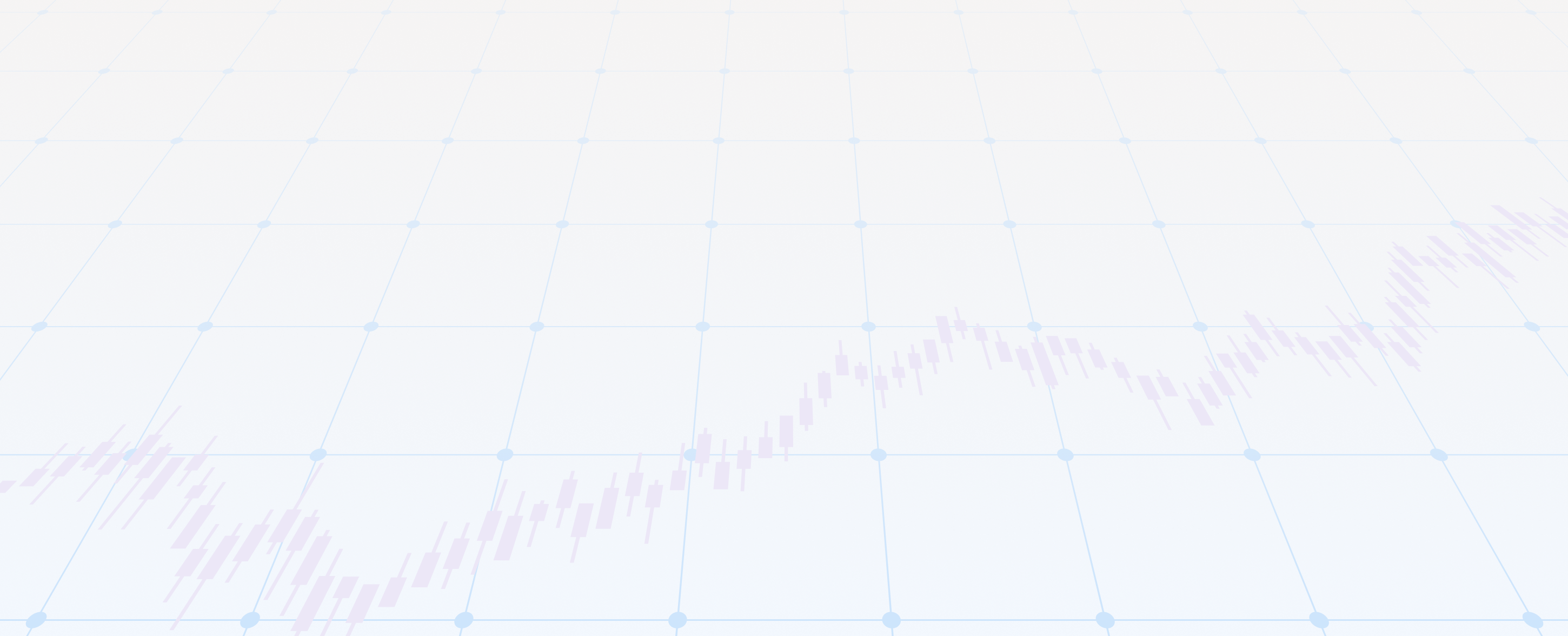Reach drives retail growth.
It’s critical for acquiring incremental new customers and engaging them in the most relevant way, turning them into repeat customers. Every retailer knows this. But between the deprecation of third-party cookies, rising acquisition costs, and dependency on mass marketing, reach has never been more at risk.
Retail marketers need a framework that drives both short-term gains and long-term profitable growth.
That framework is customer movement.
Customer movement is the practice of understanding customer value and using signal-based strategies to move shoppers from unknown to known; non-buyers to new buyers; one-time buyers to repeat, and eventually loyal, customers; and lapsed to reactivated buyers. Moving customers from one phase of the lifecycle compounds in value over time because long-term growth and profitability come from an active customer base
To understand customer value is to think outside the channel. While channel metrics are important, they are often viewed in a vacuum. Instead, retail marketers must embrace customer-led growth metrics. With a customer-driven strategy, marketers leverage the channels to encourage behaviors that drive growth. Channel performance then becomes a key barometer and enabler.
Bluecore data shows that retailers focused on channel-led growth see an average three-year customer retention rate of 22%. On the other hand, retail leaders who have embraced customer movement see an average three-year customer retention rate of 59%.
Bluecore’s 2024 Customer Growth Benchmarks Report: Metrics for Identification, Conversion, and Retention in Retail is meant to help you become one of the latter and understand your greatest opportunities on the road to profitable growth. Ours is the only benchmarks guide focused on customer-led growth metrics, rather than channel-centric KPIs such as open rates and click through rates. Based on the entire 2023 calendar year, this report includes benchmarks from more than 100 retailers across seven different verticals: apparel, footwear, home goods, health and beauty, jewelry and luxury, sporting goods and outdoors, and toys and gifts.
Benchmarks are sorted by the four phases of the customer lifecycle, as seen below. Shoppers start in the “acquisition” phase on the bottom left and (ideally) move clockwise through the other three.


